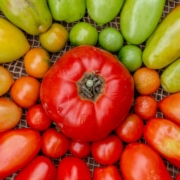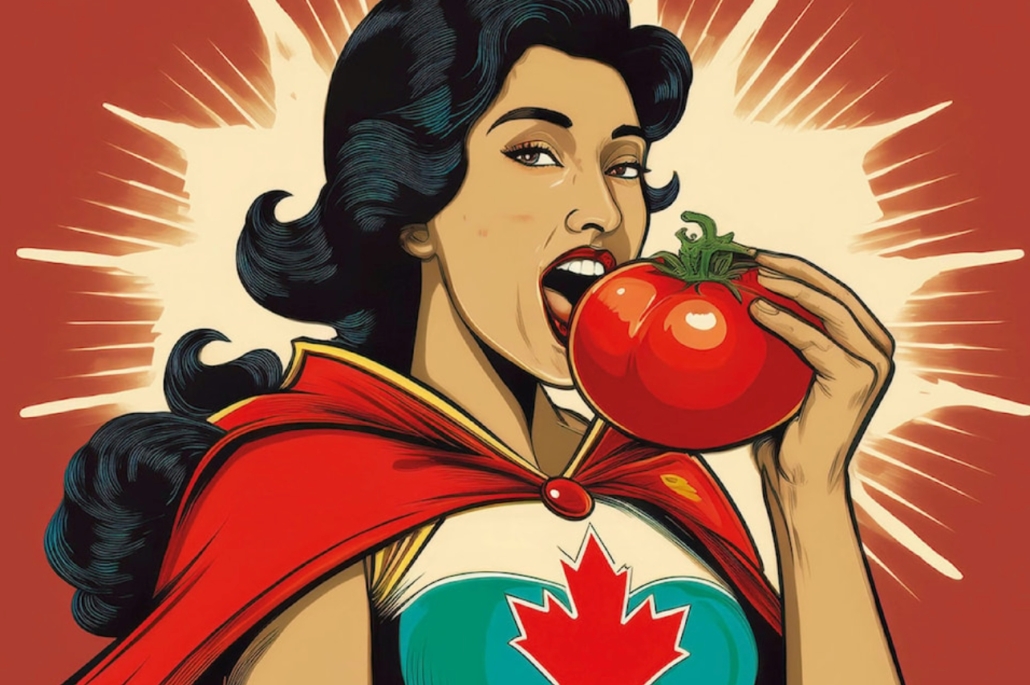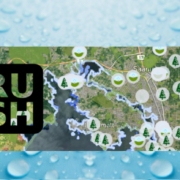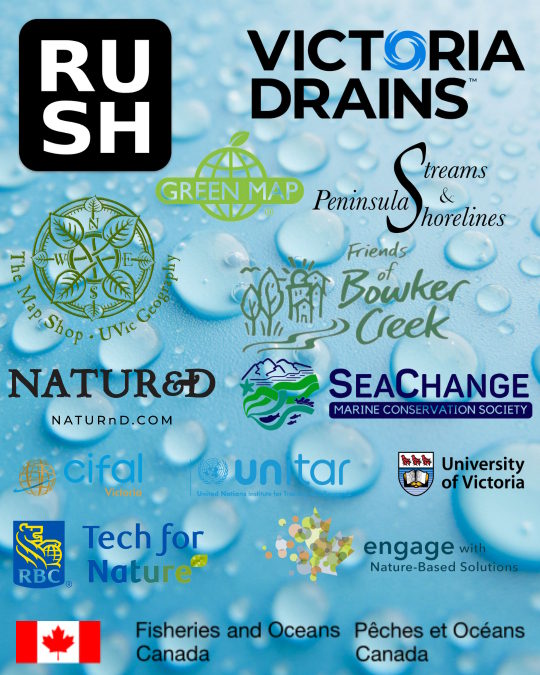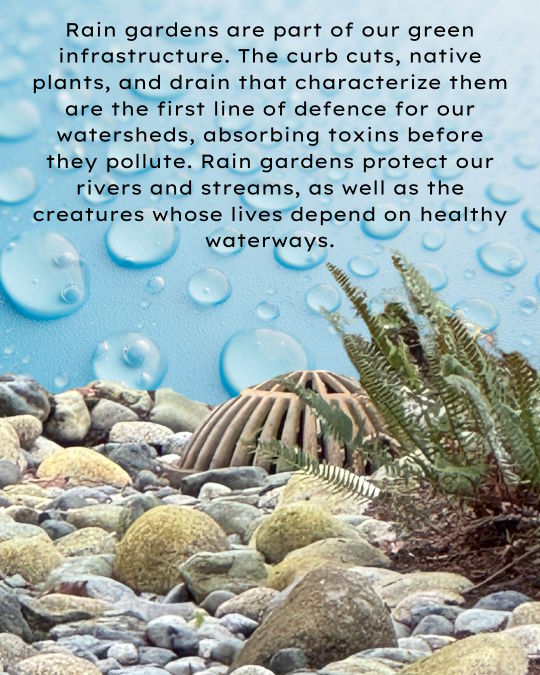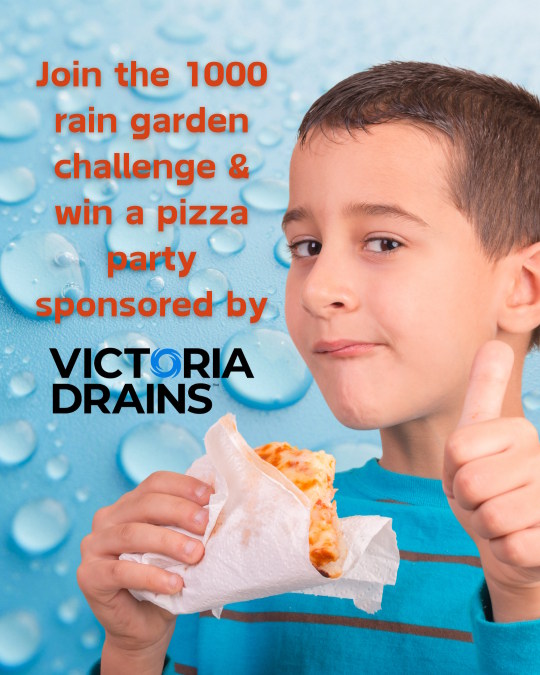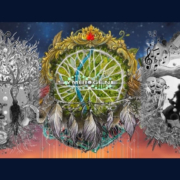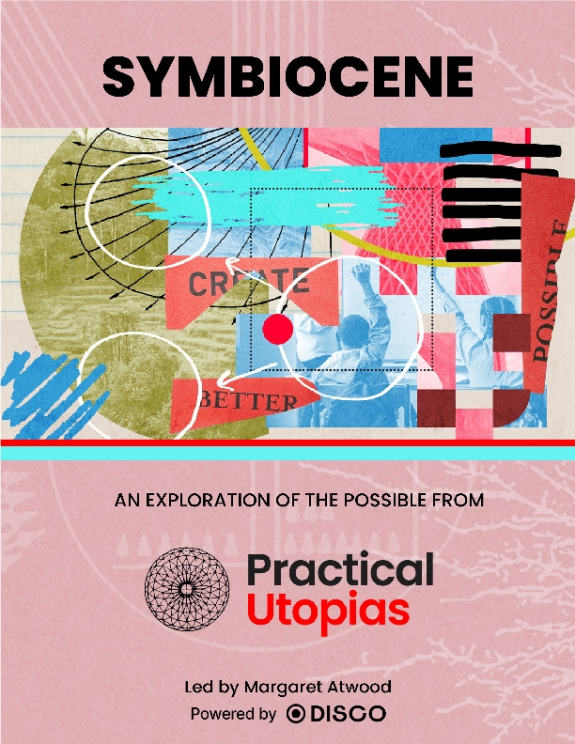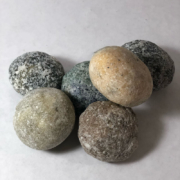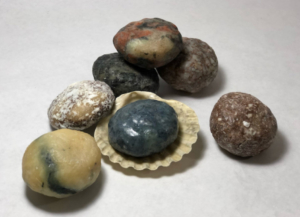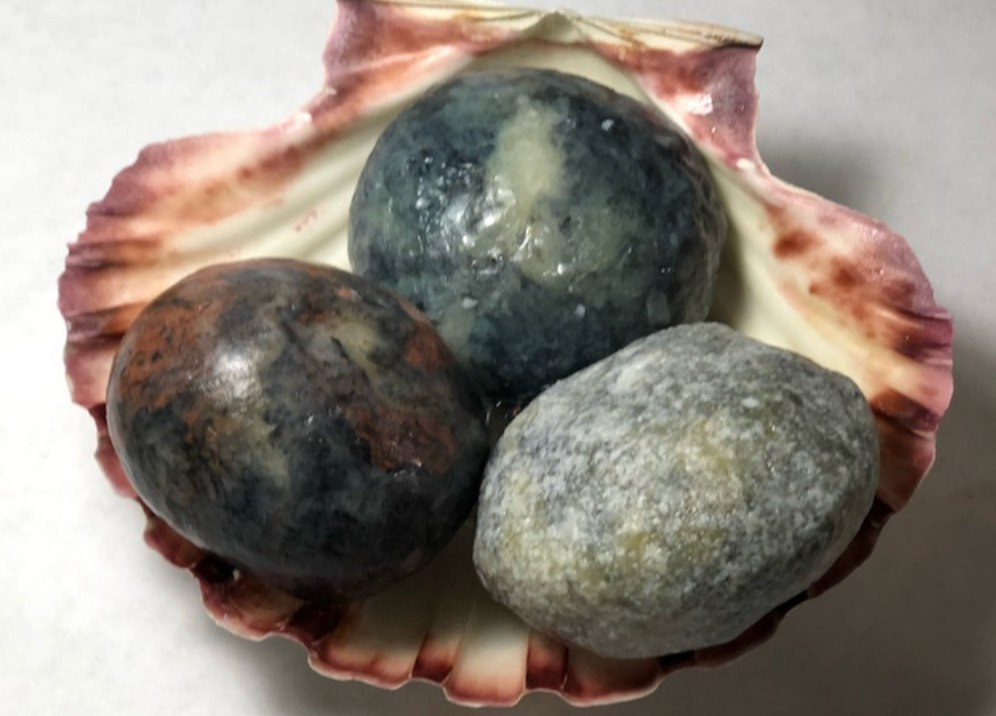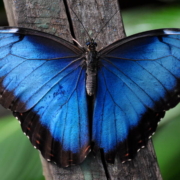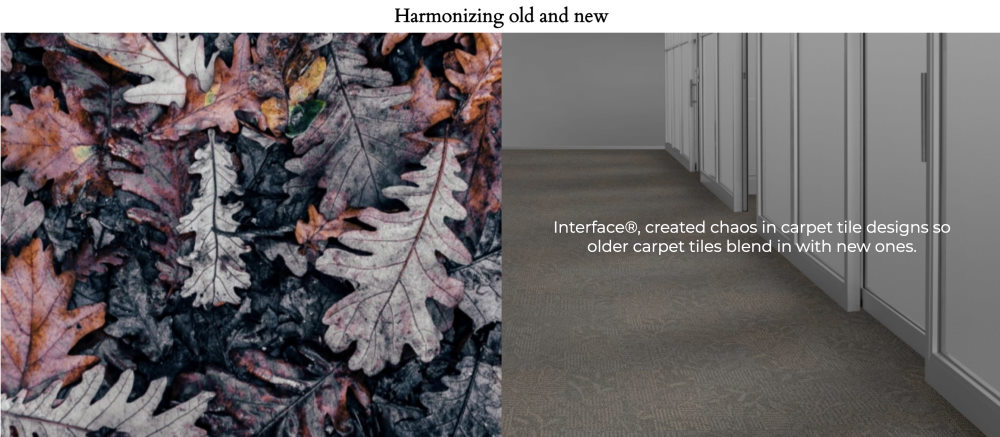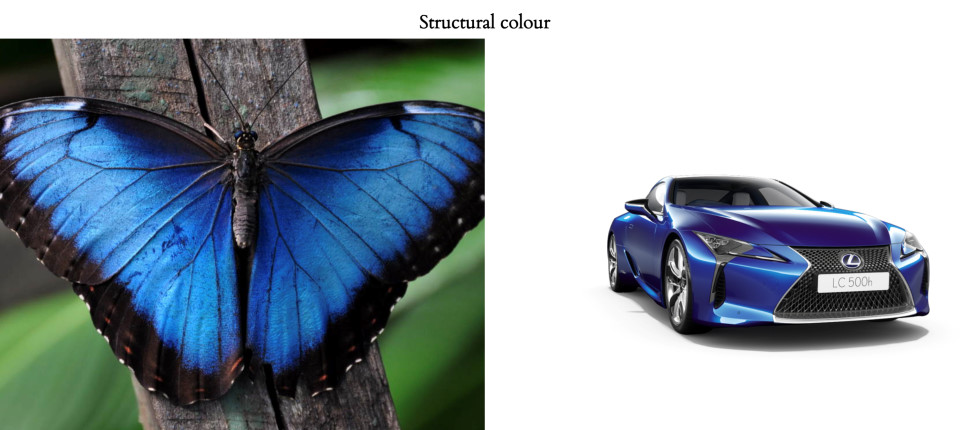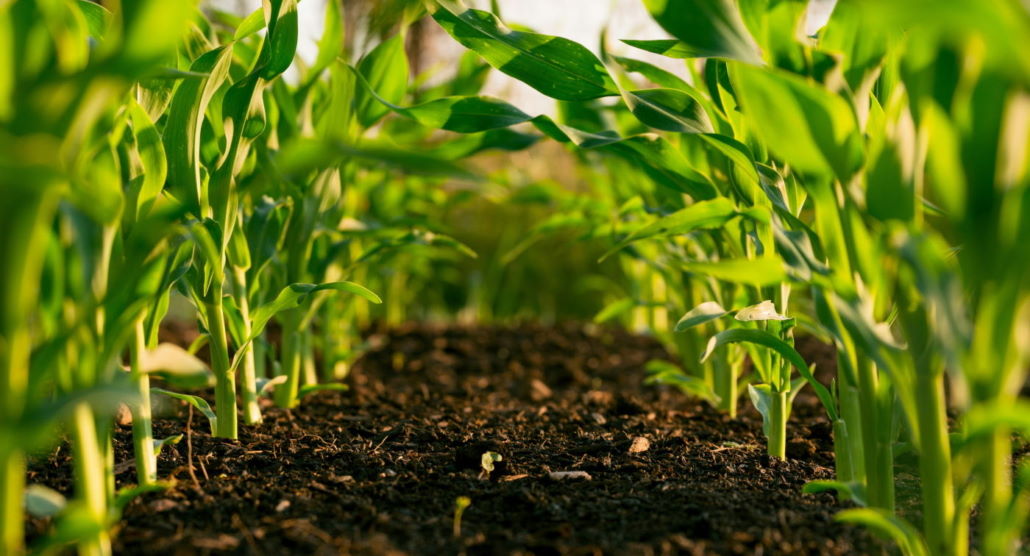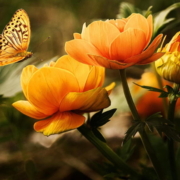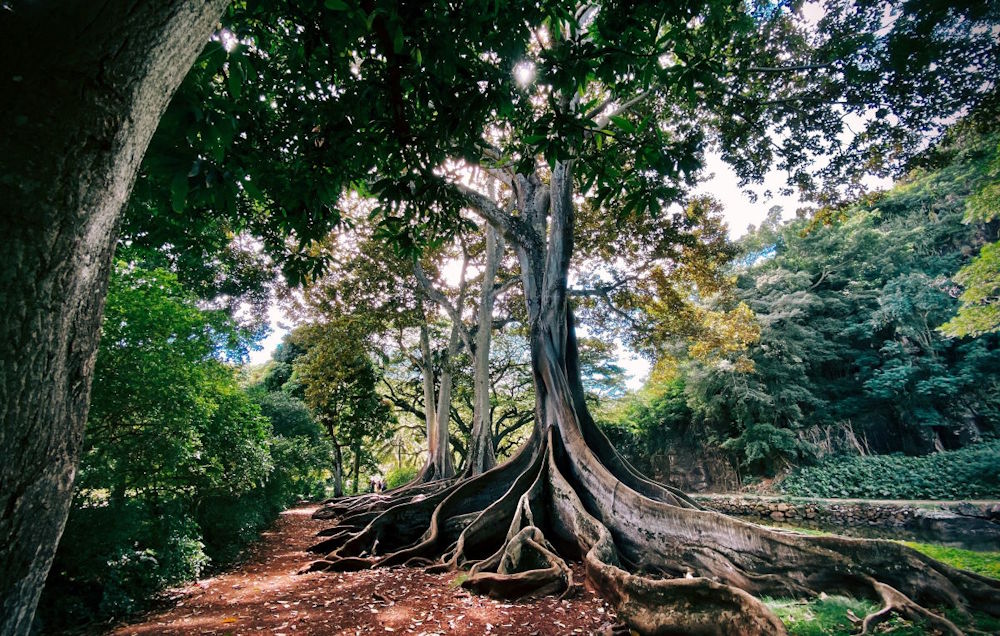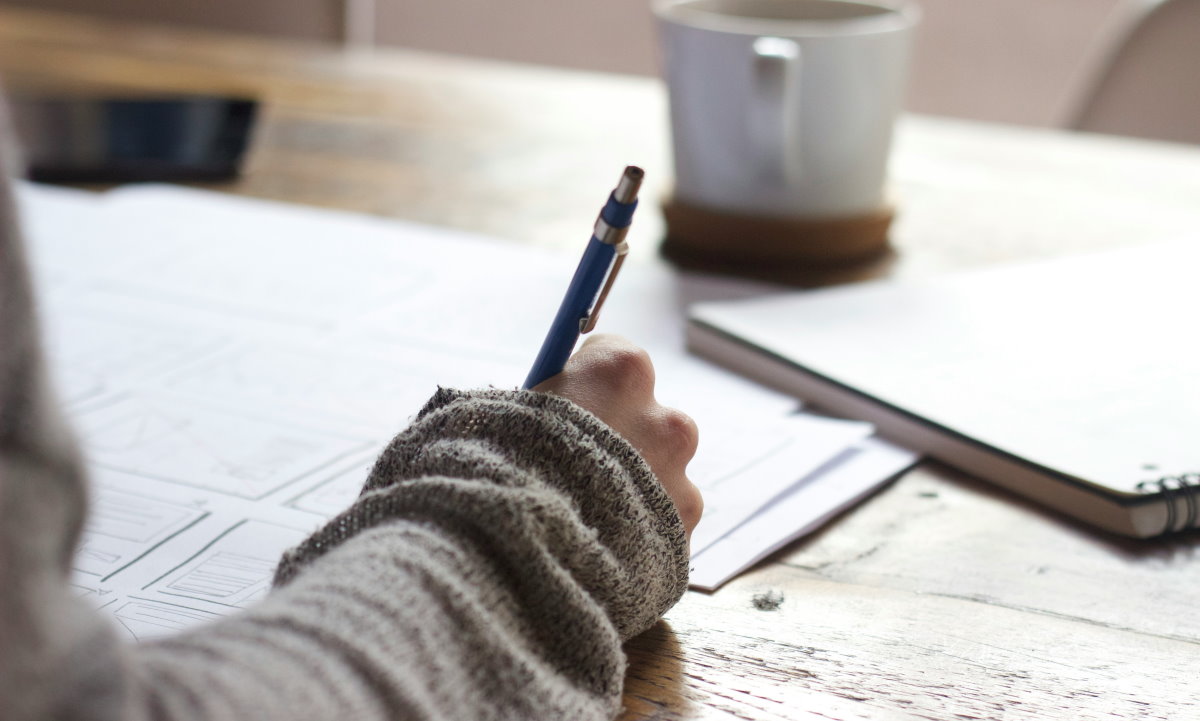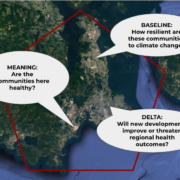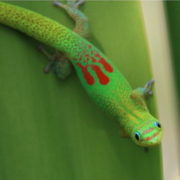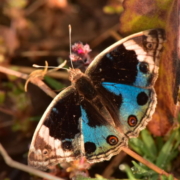Think Like a Biomimic
In a world where we desperately need innovation, a NASA study on imaginative thinking1 found that by the age of 10, kids have access to less than 50% of their innate imaginative capacity. By age 15, kids operate at only 12% of their creative potential, and imagination continues to plummet with age. The practice of biomimicry offers one way to re-ignite creativity in the next generation of solution-makers.
This generation of innovators need to be well grounded in what is possible. Biomimicry is the practice of copying Nature’s design strategies. Nature has 3.8+ billion years of experience in developing designs that do everything from transforming the atmosphere to biodegradable packaging that is endlessly recyclable.
There are two basic approaches to the practice of biomimicry. The creativity happens either by finding something really cool in Nature, like a nautilus shell, and translating the spatial pattern of the spiral into human designs like fan blades and propellers2; or in the reverse direction, by beginning with a human design problem like keeping buildings cool, and looking to nature for design ideas. In 1996 architect, Mick Pearce designed a self-cooling building in Harare, Zimbabwe, inspired by the termite mound that keeps an even temperature at all times3.
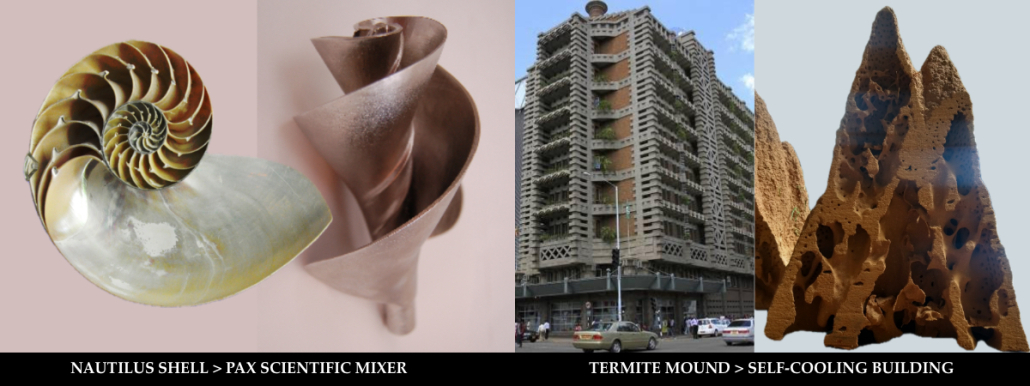
by Philippe Alès4 | Section of Termite Mound: Shyamal5
By copying Nature’s strategies we can align our designs for a better lifestyle on this planet. Learning how to create with the practice of biomimicry is fun, good for your health and trending. The ultimate classroom (outside!) is at the ready and waiting.
NatuR&D is offering a 5 x 1-hour virtual course this October to reclaim creative thinking. Designed for people who work with children up to age 18 whether in or out of school, it offers the simple and elegant fundamentals of biomimetic thinking and the ways to support it, without getting bogged down in the technical. We will also lean in to how it can support social and emotional learning and explore ways to foster community partnerships. Educators will integrate the practice into their curriculum and access the wealth of resources out there to enhance project-based learning, science fairs and field trips.
Participants will receive a referenced, actionable set of resources every week, and be welcomed into a broader community of biomimics.
All participants who complete the course will receive a digital badge:
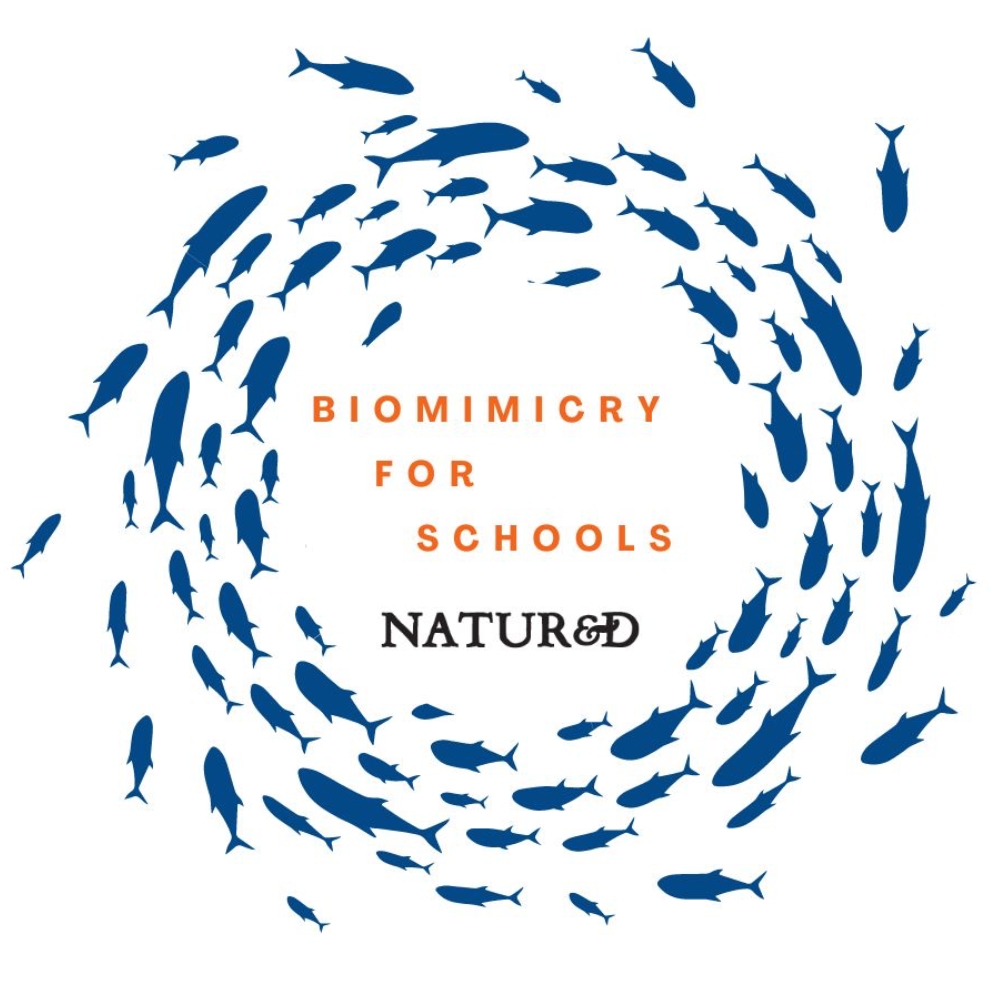
This is an invitation to tap into your own creative genius and support the next generation in designing the change they want to see in the world.
“It’s not just about going out in Nature and making it work for me but also, returning the favour, make it mutual.”
After School Program Educator, Akron Zoo
FEATURED IMAGE4
REFERENCES:
- Land, George, and Beth Jarma. Breakpoint and beyond: Mastering the Future – Today. HarperBusiness, 1992. ↩︎
- “Flow.” PAX Scientific, https://paxscientific.com/flow. Accessed 23 June 2025. ↩︎
- Jha, Gaurav. “How Termites Inspired A Building That Can Cool Itself.” ILLUMINATION, 18 June 2020, https://medium.com/illumination/how-termiates-inspired-a-building-that-can-cool-itself-221c81cbcdcd. ↩︎
- Photo Credit: Philippe Alès, CC BY-SA 4.0 https://creativecommons.org/licenses/by-sa/4.0, via Wikimedia Commons ↩︎
- Photo Credit: Section of Termite Mound: Shyamal, CC BY-SA 3.0 https://creativecommons.org/licenses/by-sa/3.0, via Wikimedia Commons ↩︎
- Photo Credit: McKay Savage from London, UK: https://commons.wikimedia.org/wiki/File:India_-Faces–young_girl_playing_in_her_moms_jasmine_field(2832073817).jpg, CC BY 2.0: https://creativecommons.org/licenses/by/2.0, via Wikimedia Commons, original image cropped ↩︎
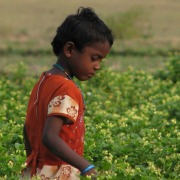 McKay Savage from London, UK, CC BY 2.0, via Wikimedia Commons
McKay Savage from London, UK, CC BY 2.0, via Wikimedia Commons